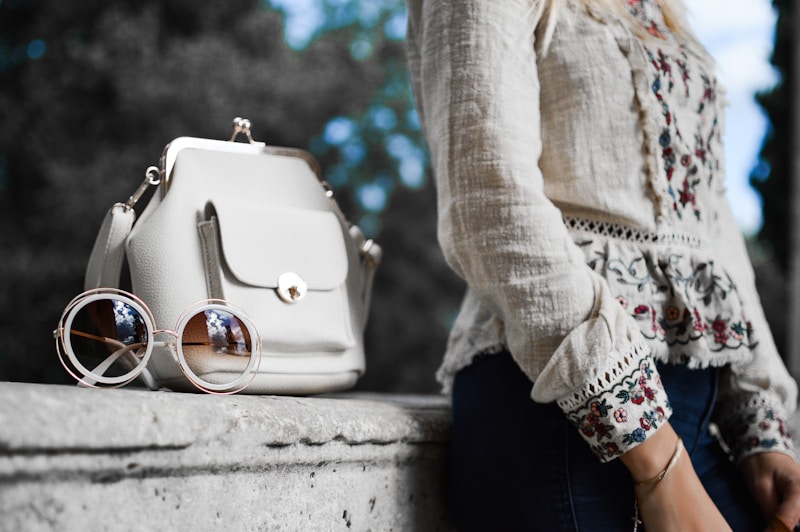Preparing for Fittings: Essential Tips for Success
When it comes to creating a perfect wardrobe, fittings play a crucial role in ensuring that clothes look great on your body type. Whether you're prepping for a wedding dress fitting, a bespoke suit, or simply adjusting your off-the-rack clothes, being well-prepared can dramatically enhance the outcome of your fittings. In this comprehensive guide, we will explore what 'Preparing for Fittings' entails, key considerations, and practical tips to ensure your fittings are successful and satisfying.
Understanding the Importance of Fittings
Fittings are not merely a formality; they are a pivotal process in the garment creation journey. Different styles and fabrics behave differently on various body shapes. Understanding this can help you make informed decisions and express your style effectively.
Types of Fittings
There are several types of fittings to consider, depending on the context:
| Fitting Type | Description |
| Bridal Fitting | Designed for brides, focusing on comfort and aesthetics. |
| Suit Fitting | Custom fittings for tailored suits, ensuring precision in cut and fit. |
| Alteration Fitting | For ready-made clothes that require adjustments to fit perfectly. |
| Final Fitting | The last fitting, where final tweaks are made before delivery. |
Preparing for Your Fitting: Key Steps
Preparation is crucial to having a successful fitting session. Here are several essential steps to help you get ready:
1. Schedule Your Appointment Wisely
Choose a time when you're feeling your best—avoid scheduling fittings when you're bloated or fatigued, as this may impact your perception of how the clothing fits.
2. Wear the Right Undergarments
Your undergarments should be similar to what you plan to wear with the garment. For dresses, consider the type of bra and shapewear you intend to wear.
3. Bring Inspiration
It’s helpful to bring along images or swatches that inspire you. These can help convey your vision to the tailor or designer, ensuring that everyone is on the same page.
4. Understand Your Body Shape
Be aware of your body shape and any areas you want to emphasize or downplay. Knowing this will help you communicate your preferences effectively.

5. Set a Budget
Understanding your financial limits is essential. Discussing costs upfront can avoid misunderstandings later. Set aside a budget that includes the potential cost of alterations.
Communication is Key
Effective communication with your tailor or fitting professional is vital. Here are some tips on what to express during your fitting:
1. Be Honest About Comfort
While aesthetics are important, comfort should never be sacrificed. If something feels uncomfortable, speak up.
2. Request Adjustments
Don't hesitate to request adjustments. Tailors are professionals and can make recommendations based on your feedback.
3. Maintain Open Dialogue
Ask questions about the alterations being made and the reasoning behind them. Understanding the process can make this experience more enjoyable.
After Your Fitting: What’s Next?
Once your fitting is complete, there are a few steps to follow:
1. Schedule Follow-Up Fitting
Often, one fitting is not enough. Follow-up fittings may be necessary, especially for complex garments.
2. Clean and Care Instructions
Make sure you get proper care instructions for maintaining your garment post-fitting.
Common Questions About Fittings
Here are some frequently asked questions related to 'Preparing for Fittings':
- How early should I book my fittings? It’s best to book at least 2-3 months in advance, especially for weddings.
- What if I gain or lose weight before my fitting? Notify your tailor. They can make adjustments during your fittings.
- Can I bring a friend to my fitting? Yes! Having a second opinion can be beneficial.
Conclusion: Final Thoughts on Preparing for Fittings
In conclusion, preparing for fittings is a blend of planning, communication, and self-awareness. By following the tips outlined in this article, you'll enhance your fitting experience and ensure that you receive garments that not only fit well but also reflect your personal style. Remember, the goal is to feel confident and comfortable in your attire. Take your time, invest in quality fittings, and embrace the process!
In your journey of 'Preparing for Fittings,' always focus on your unique body shape and personal style! Best of luck with your fitting sessions!